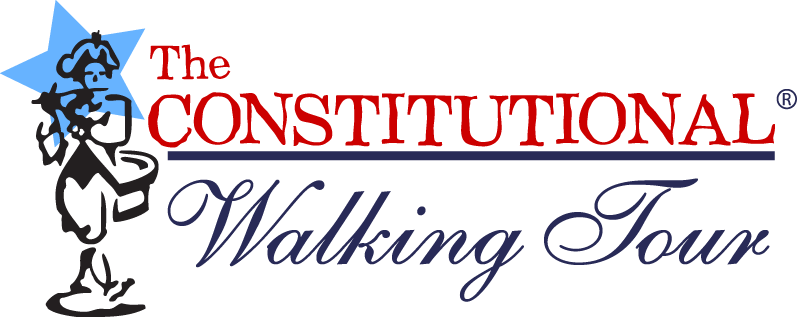Related Posts
- Buy Tickets for The Constitutional Walking Tour of Philadelphia – See 20+ Sites on a Primary Overview of Independence Park, including the Liberty Bell and Independence Hall
- The President’s House: Slavery & Freedom in America’s Birthplace
- The President's House Archeological Dig
Every President of the United States except for one has lived in the White House in Washington DC. Despite this, a number of homes have served as the official residence of the president throughout American History. Read on to learn about all SEVEN houses where the President of the United States has resided and a couple more that were designed to house the President but never did.
New York City Residences
New York City served as the Capital of the United States of America starting in January of 1785. However, when New York first became the Capital, there was no Presidential Residence as the position of President of the United States did not exist under the Articles of Confederation. After the United States Constitution was ratified George Washington was inaugurated as the first President of the United States on April 30, 1789, in New York City.
The Samuel Osgood House
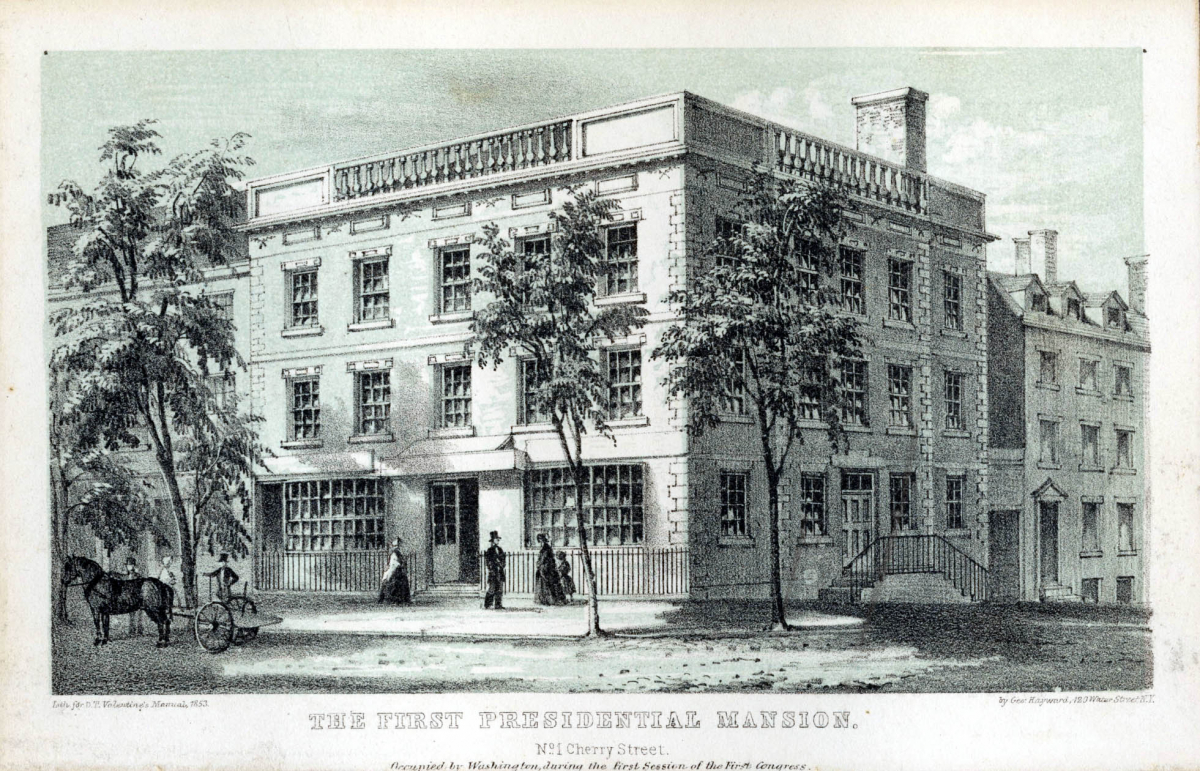
The first Presidential Residence was the Samuel Osgood House which was rented by the United States Congress from Samuel Osgood to serve as the President’s Official Residence. Washington moved in a week before his inauguration on April 23, 1789. The house served as the Presidential Residence for only 10 months as Washington found the house of unsuitable size for its purpose and eventually moved to a larger residence when it became available.
Located in Lower Manhattan, the house was demolished in 1856. Today the location where the first presidential residence once stood is part of the approach for the Brooklyn Bridge.
Alexander Macomb House
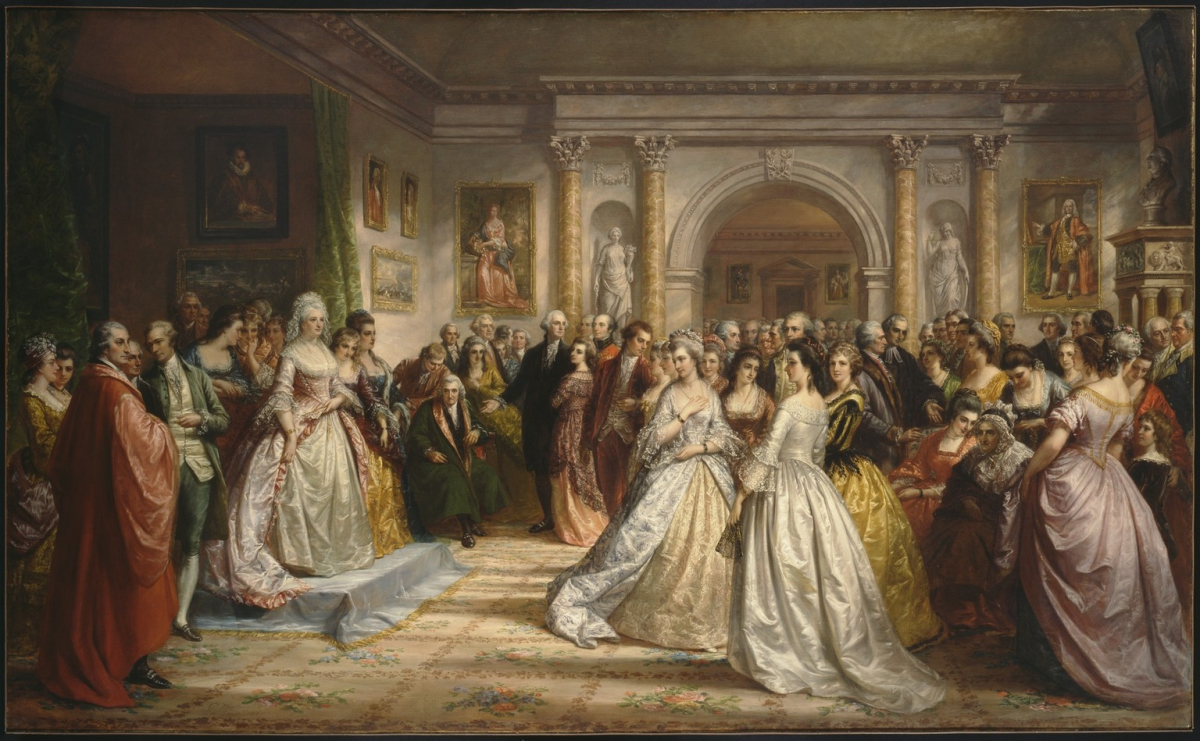
The Macomb House was significantly larger than the Samuel Osgood House and perhaps even more importantly for Washington, it was much further from the incredibly busy port along the East River. Washington did not like the busy area around the port and was happy to move to the Macomb House on February 23, 1790. The Macomb House was located in what is now the Financial District on Broadway. It was eventually converted into a hotel and stood until 1940, when it was demolished.
Washington believed he would be spending the rest of his Presidency in this house but then just months after moving in, Congress passed the Residence Act in July of 1790. The act established a permanent capital to be constructed in an area that is now Washington DC and named Philadelphia the new temporary capital for a period of ten years. Just over half a year after moving in, Washington vacated the Macomb House in August of 1790 as the Capital of the United States returned to Philadelphia.
The Government House
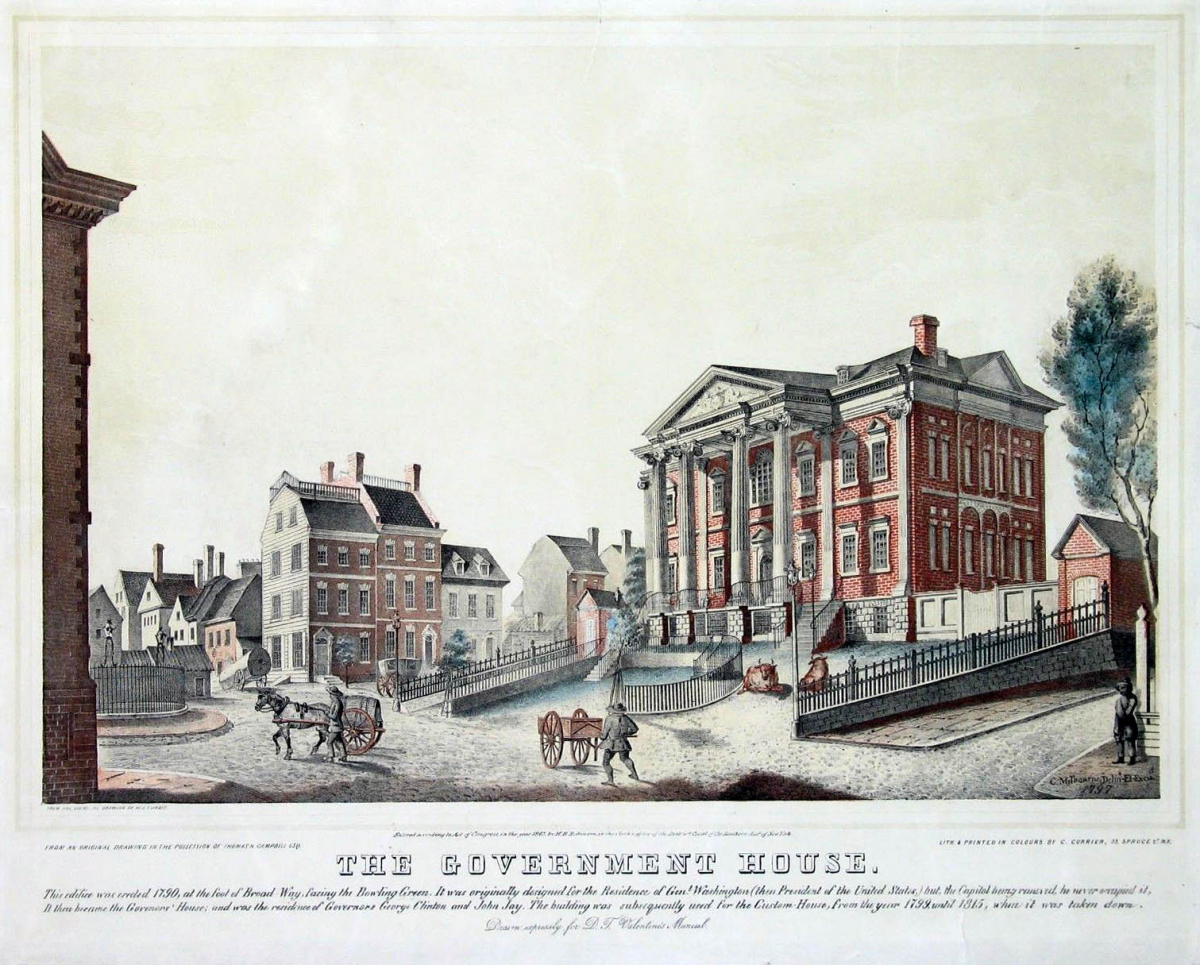
In addition to the two houses that George Washington actually resided in while he served as President, there is a third house in New York City that was never used as a Presidential Residence but was built to serve as one. The Government House was built on land in Lower Manhattan that was opened up by the destruction of Fort George, the historic Fortification from which the British controlled New York City throughout the American Revolutionary War. The Cornerstone for this new Presidential residence was laid on May 21, 1790 to great fanfare as the ceremony was attended by New York Governor George Clinton, Chief Justice John Jay, New York City Mayor Richard Varick, and a “great concourse of respectable citizens.” But a couple of months later, the passage of the Residence Act moved the capital out of New York City.
The House was instead used to house the Governor of New York. George Clinton and John Jay both lived there until the Capital of New York moved to Albany in 1797. The Government House then served as the Custom House of New York City among other uses before it was demolished in 1815.
Philadelphia Residences
The Capital of the United States returned to Philadelphia on December 6, 1790. The city served as the Capital throughout most of the country’s first decade but much of that time was consumed by the American Revolution and the position of President of the United States did not yet exist during this time period. But with the Capital’s return in 1790 the first Presidential Residence in Philadelphia was established.
The President’s House
Located on the Southeast corner of intersection of 6th and High Street, The President’s House was previously the residence of Richard Penn, the grandson of Pennsylvania founder William Penn and the Lieutenant Governor of the Colony of Pennsylvania while he lived in the house beginning in 1772. The President’s House was purchased by American Founding Father Robert Morris in 1781.
In the summer of 1787 while presiding over the Constitutional Convention, George Washington made arrangements to stay at a boarding house located a block from Independence Hall. However, upon Washington’s arrival in the city, Morris met his friend and insisted that Washington stay with him. Washington stayed at the President’s House for the duration of the Constitutional Convention in the summer of 1787. A few years later as Washington returned to Philadelphia to serve as President, Morris and his family moved out of the house so that Washington could use it as the official Presidential Residence. The President’s House served as the Presidential Residence for the duration of the Capital’s return to Philadelphia. For seven years Washington helped to define the position of President while living at the President’s House in Philadelphia.
After John Adams was elected Washington’s successor, Adams moved into the President’s House in March of 1797. Adams spent the majority of his presidency living in the President’s House. On May 30, 1800, Adams moved out of Philadelphia to spend the summer at his residence in Quincy, Massachusetts. Prior to his return to Massachusetts, Adams first traveled south to visit Washington DC prior to his move to the city. Adams had heard that the construction of Washington DC was well behind schedule and was pleased to see that many of the necessary government buildings and critical infrastructure was further along than he expected. At the same time, Adams was a bit unnerved at the still very unfinished nature of the city that would soon become his home.
The New President’s House
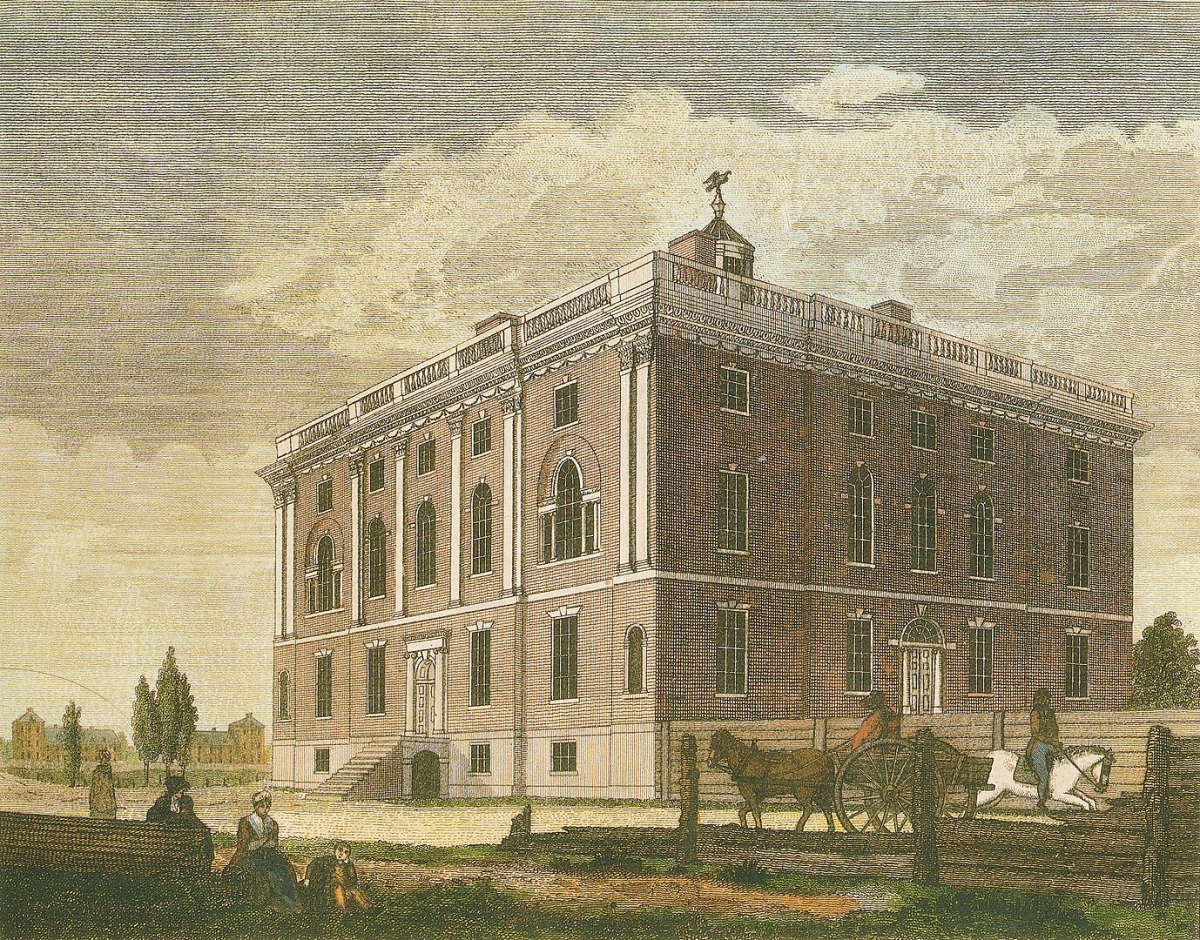
While it was determined before the capital returned to Philadelphia that the capital would only reside in the city temporarily, there were many who viewed the massive project to construct Washington, DC skeptically, especially as construction efforts ran into constant delays and setbacks. If Washington, DC wasn’t ready in time, or indeed, if it simply could not be completed, where would the capital reside? The answer to this question wasn’t clear, but many in Philadelphia saw an opportunity and wanted to make sure that the federal government was very comfortable in Philadelphia and had ample space for government operations. Numerous buildings were built or expanded to help accommodate the federal government’s return to Philadelphia including a new President’s House.
A cornerstone ceremony on May 10, 1792, was attended by Governor Thomas Mifflin and construction continued for years. By the time the building was completed in 1797, Washington’s presidency was already coming to an end. The house was offered by the Pennsylvania government to John Adams, but Adams had concerns about the legality and optics of accepting the offer to live in the opulent mansion free of charge. Adams instead moved into the same President’s House that George Washington lived in before him as the residence had been approved and funded by congress.
As the capital moved to Washington, D.C. in 1800, Pennsylvania put the residence up for sale. The mansion was purchased by the University of Pennsylvania and became the centerpiece of their new campus. By 1829 though, the building was demolished to make way for new University of Pennsylvania buildings.
Washington, DC Residences
The capital has resided in Washington, DC continuously since 1800 and every president of the United States after George Washington has lived in the White House. Despite this, there have been a few other buildings that have served as the Presidential Residence in addition to the most famous Presidential Residence.
The White House
Construction of the White House was one of the very first tasks undertaken in the creation of the new capital city. Construction began in 1791 and the White House was still unfinished when Adams moved in on November 1, 1800. Adams finished the final few months of his first and only term as President of the United States while living in the White House.
After his election, Thomas Jefferson became the first president to begin his term while living at the White House. Jefferson lived at the White House for two terms without issue but his successor, James Madison, was forced to move out of the White House when the British attacked Washington D.C. during the War of 1812. The British set fire to numerous government buildings throughout D.C. including the White House. The work needed to repair the White House was extensive and Madison was unable to move back into the refurbished White House until 1817, shortly before the conclusion of his presidency.
After Madison returned to the White House, every United States President for over a century used the White House as their official Residence. By 1948 however, a worrying report on the White House suggested that decades of unplanned additions and expansions combined with deferred maintenance had placed the White House in a precarious position. Originally constructed of a wooden timber frame and faced with brick and sandstone, it was determined that the frame was in danger of imminent collapse. In 1948, shortly before Harry S. Truman was sworn in to begin his first full term as President, Truman moved out of the White House and a years long construction process began. Virtually the entire interior of the White House was dissembled, and the original timber frame was replaced with an internal steel frame. After the new steel frame was assembled, the interior of the White House was reassembled inside. Although efforts were made to save historical details, many were determined to be too damaged to be reinstalled and were replaced with modern materials. Truman moved back into the White House on March 27, 1952.
Ever since Truman’s return, the White House has served as the official residence of every single President of the United States since. Between 1961 and 1963 Jacqueline Kennedy undertook an extensive renovation of the White House that was focused on restoring the Historical nature of the White House that had been largely stripped away during the Truman renovations. Original features of the White House dating back to the early 19th century were refurbished and reinstalled alongside recreations of design elements that had been lost. Other presidents since Kennedy have left their mark on the White House and its grounds in minor construction projects and changes, but for the most part, the White House is largely unchanged since the 1960s.
The Octagon House
Constructed in 1799, in what was then an unnamed, soon to be capital city, the Octagon House briefly served as the Presidential residence of James Madison. Never designed to be a Presidential Residence, it was none the less thrust into the role during the War of 1812. Following the burning and destruction of the White House by British forces on August 24, 1814, Madison returned to Washington and moved into the Octagon House along with his wife, Dolley Madison. For six months, the building served as the official Presidential Residence. President Madison ratified the Treaty of Ghent, which ended the War of 1812 in the Octagon House.
1901 Pennsylvania Avenue
After six months at the Octagon House, the Madisons moved into a row house on Pennsylvania Avenue while waiting for the White House to be rebuilt. The row of houses was constructed in 1796 and are known collectively as the Seven Buildings. They were among the first private residences to be constructed in what would become Washington DC.
The Madisons lived at 1901 Pennsylvania Avenue for nearly two more years until the White House was finally ready for them to return. The building was demolished in 1959 for the construction of a modern office building.
The Blair House
Located across Pennsylvania Avenue from the White House, the Blair House was constructed in 1824. Beginning in 1942 the United States Government began leasing the Blair House to house foreign dignitaries visiting the President. Starting in 1948 it became the Presidential Residence of Harry S. Truman while the White House was repaired and refurbished. Truman resided in the house for three and a half years. It was while living at the Blair House that Truman survived an attempted assassination in 1950. The failed assassination attempt led to efforts to make the Blair House more secure by renting out and locking down surrounding properties. The United States Government would eventually purchase all of the houses that surrounded the Blair House. After moving back into the White House, the Blair House and the surrounding houses were collectively renovated to serve as a secure compound for visiting dignitaries. Notable guests include Queen Elizabeth II, Vladimir Putin, Margaret Thatcher, Justin Trudeau and Emperor Akihito.
